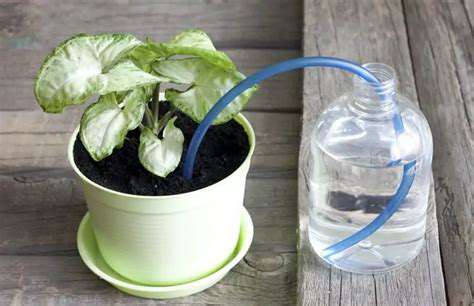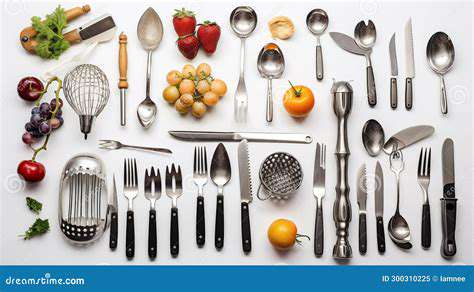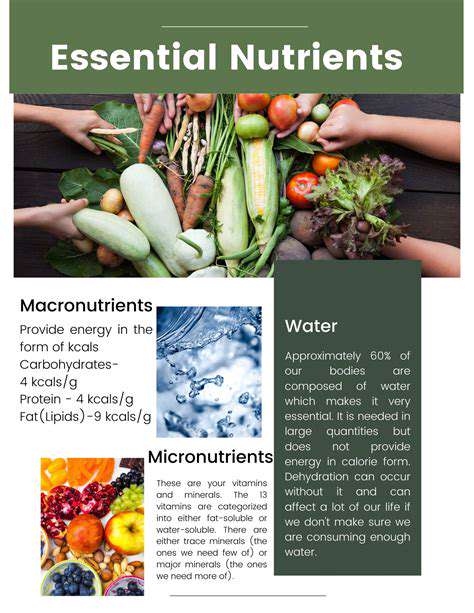Guide to Growing Herbs on Your Windowsill
Cultivating a Thriving Windowsill Herb Garden
Selecting Ideal Herbs for Indoor Growth
Matching Plants to Your Environment
Creating a successful windowsill garden begins with thoughtful herb selection. Light availability dramatically influences plant health, with varieties like rosemary and thyme flourishing in sun-drenched spots, while cilantro and parsley manage well with moderate light. Before purchasing, examine your window's orientation - south-facing windows typically offer the most intense light, while north-facing ones may require supplemental lighting.
Space considerations prove equally important. Compact herbs like chives and thyme work well in confined areas, whereas sprawling plants like mint demand more room. For beginners, starting with three to four resilient varieties establishes confidence before attempting more temperamental species.
Understanding Growth Requirements
Each herb possesses unique needs that impact its indoor success. Basil thrives in warm conditions (70-80°F) with consistent moisture, while Mediterranean herbs like oregano prefer slightly drier soil. Leaf texture often indicates water needs - thick, waxy leaves typically signify drought tolerance, whereas delicate foliage usually requires more frequent watering.
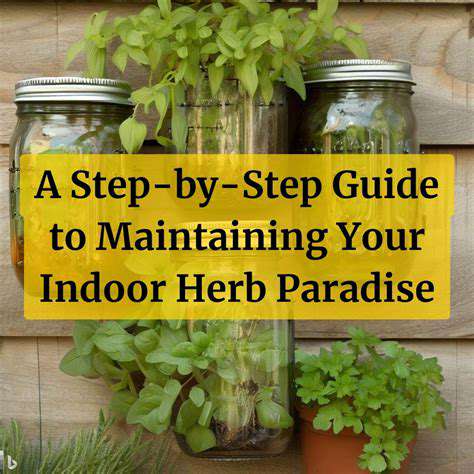
Establishing Optimal Growing Conditions
Light Optimization Strategies
Photosynthesis drives plant growth, making adequate lighting non-negotiable. Six hours of direct sunlight represents the minimum for most culinary herbs. In low-light situations, full-spectrum LED grow lights positioned 6-12 inches above plants effectively substitute natural light. Rotate containers weekly to ensure even exposure, preventing lopsided growth toward light sources.
Container Selection Essentials
Proper pots significantly influence herb health. Unglazed terracotta offers excellent breathability, helping prevent overwatering issues. Ensure all containers feature drainage holes, and consider placing them on saucers filled with pebbles to improve humidity while preventing root saturation. For small spaces, vertical planters or stackable pots maximize growing area without crowding the windowsill.
Mastering Herb Care Techniques
Watering Best Practices
Moisture management represents perhaps the trickiest aspect of herb cultivation. The finger test remains the gold standard - insert a finger up to the second knuckle; water only if the soil feels dry. Early morning watering allows leaves to dry before evening, reducing fungal disease risks. Remember that smaller containers dry faster than large ones, requiring more frequent attention.
Nutrient Management Approach
While herbs generally need fewer nutrients than vegetables, periodic feeding enhances flavor and growth. Half-strength organic liquid fertilizers applied every 3-4 weeks during active growth periods work well. Over-fertilization often produces lush but flavorless growth, so err on the conservative side. Incorporating worm castings or compost into potting mix provides slow-release nutrients without risk of burn.
Harvesting and Utilizing Your Bounty
Proper Harvesting Methods
Regular harvesting actually promotes bushier growth. For leafy herbs, never remove more than one-third of the plant at once, and always cut just above leaf nodes to encourage branching. Morning harvests capture peak essential oil content, delivering maximum flavor. Use sharp, clean scissors to avoid damaging plant tissues and introducing disease.
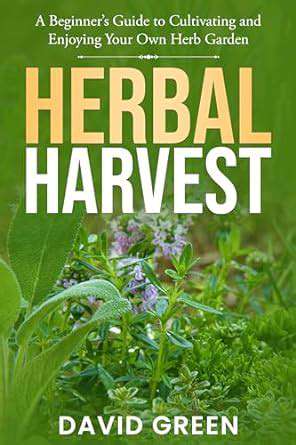
Preservation and Usage Ideas
Beyond immediate use, herbs preserve beautifully. Freezing in olive oil ice cubes creates convenient cooking starters, while air-drying works well for sturdy varieties like rosemary and thyme. Fresh herbs transform ordinary dishes - try basil in caprese salads, mint in summer drinks, or chives in omelets. The satisfaction of cooking with homegrown ingredients makes the effort worthwhile.
Troubleshooting Common Issues
Yellowing leaves often indicate overwatering, while crispy edges suggest underwatering or low humidity. Leggy growth signals insufficient light, requiring either relocation or supplemental lighting. For pests like aphids, a strong water spray or neem oil solution typically resolves minor infestations. Isolation of affected plants prevents problem spread to your entire collection.



